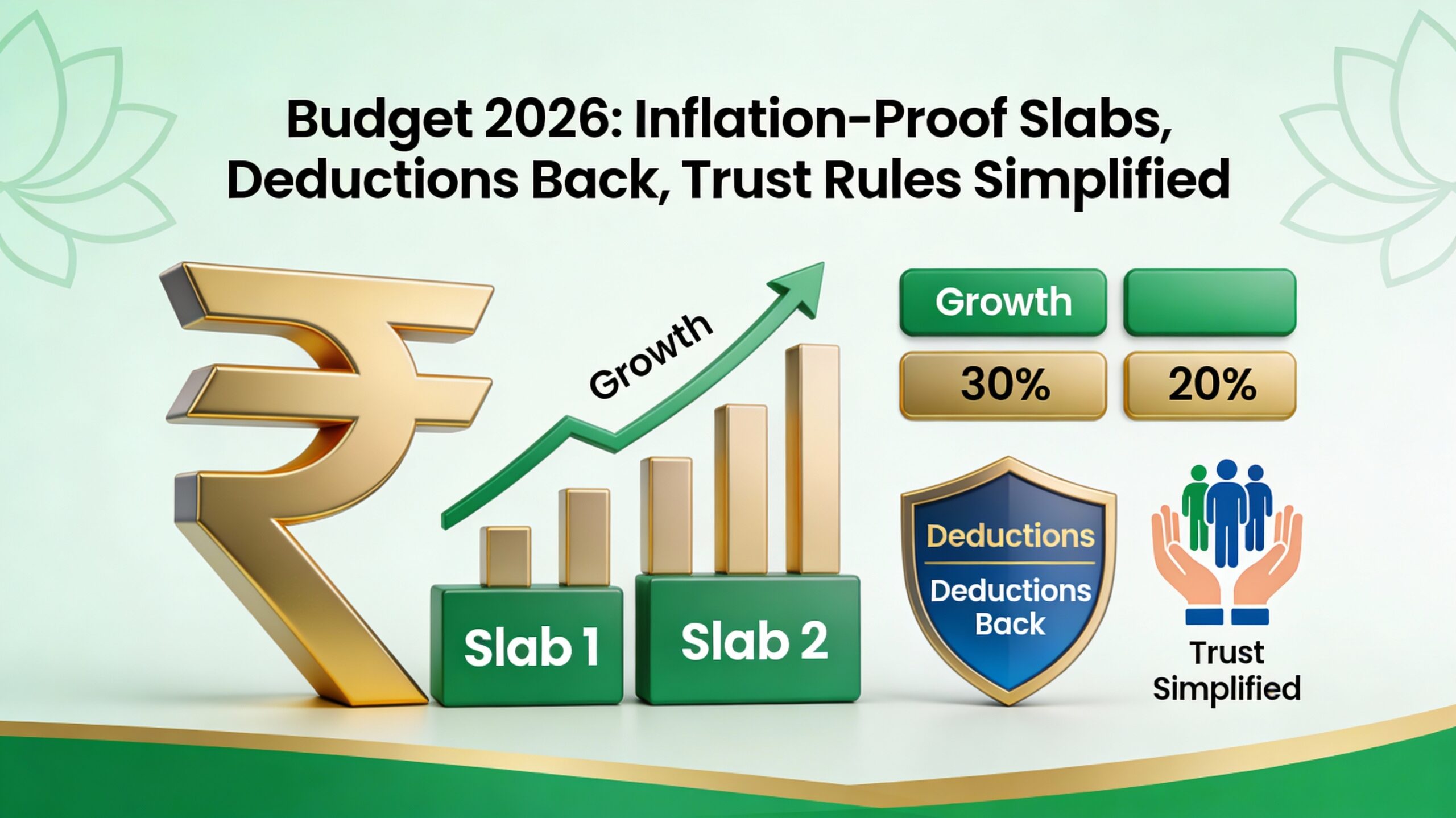Introduction
Union Finance Minister Nirmala Sitharaman has recently emphasized the need for caution in speculative activities within the equity market. Her remarks come at a time when the market is witnessing a surge in speculative trading, raising concerns from regulatory authorities such as the Securities and Exchange Board of India (SEBI) and the Reserve Bank of India (RBI). Sitharaman’s advice is timely, as it highlights the importance of ensuring that market activities remain robust yet responsible. In this article, we’ll delve into the implications of her statements and discuss the importance of regulatory oversight in speculative trading.
Rising Concerns from SEBI and RBI
The growing speculative activity in equity markets has prompted various financial regulators to issue warnings. During a recent event, Finance Minister Sitharaman echoed these concerns, stating, “There needs to be a sense of caution when it comes to speculative activities.” This sentiment is also shared by SEBI and RBI, both of which have raised alarms about the risks associated with unchecked speculation.
Sitharaman’s statements underline a crucial balance that must be maintained in financial markets. While encouraging growth and activity, it is essential to ensure that excessive speculation does not expose investors, especially retail ones, to unnecessary risks.
Promoting Market Robustness Without Compromising Safety
In her conversation with Network 18 Editor-in-Chief Rahul Joshi at News18’s ‘Chaupal’ event, Sitharaman stressed the importance of fostering a strong and resilient market. However, she added that “when speculative activities are too much, there needs to be a sense of caution.” The Finance Minister’s warning is clear: while vibrant markets are vital for economic growth, over-exposure to high-risk ventures, particularly for individuals using their life savings, must be avoided.
This approach emphasizes the need for regulatory vigilance. Both SEBI and RBI are continually monitoring speculative trends to prevent instability in the markets. Sitharaman’s comments suggest that measures may be needed to ensure a balance between robust market performance and investor safety.
Focusing on Middle-Class Welfare Through Tax Reforms
In addition to her focus on market speculation, Sitharaman highlighted the government’s ongoing efforts to benefit the middle class through tax reforms. Since 2019, the government has aimed to simplify direct taxation, with the introduction of a new tax regime offering lower rates.
The Finance Minister pointed out that the Union Budget had not increased any direct tax rates. On the contrary, the standard deduction was increased to accommodate the middle class. Sitharaman noted that “more than 78% of taxpayers have shifted from the old to the new tax regime,” illustrating the regime’s effectiveness in simplifying compliance and reducing the burden of exemptions.
This focus on tax reforms demonstrates the government’s commitment to creating an easier and more transparent taxation system, which in turn benefits the middle class by offering more straightforward options for tax compliance.
GST Reforms and Simplification
Sitharaman also addressed ongoing efforts to streamline the Goods and Services Tax (GST) structure. A Group of Ministers (GoM) has been tasked with simplifying GST rates and determining how they can be lowered to benefit the overall economy.
The Finance Minister stated that the GoM, along with the GST Council, is actively working on reducing the complexity of the tax structure. Their focus is to make it more efficient, which could lead to a more favorable environment for businesses and consumers alike.
Derivatives Market and Macroeconomic Concerns
In July, SEBI Chief Madhabi Puri Buch added another layer to the conversation by pointing out the growing concerns in the derivatives market. According to Buch, the increasing volumes in the Futures & Options (F&O) segment have evolved from being a risk limited to individual investors to a larger macroeconomic issue.
This shift in perception marks a significant concern for regulators, as the rise in F&O trading could have far-reaching implications for the stability of India’s financial markets. Regulators are now more focused on managing this growing risk to ensure it does not spiral out of control, impacting the broader economy.
Caution Over Futures & Options Trading Frenzy
Buch’s concerns are not isolated. In June, data from the Futures Industry Association revealed that in April alone, over 8,484 million contracts were traded on the National Stock Exchange (NSE), making it the top exchange globally by trading volume. The Bombay Stock Exchange (BSE) followed, with just over 2,224 million contracts traded. These two exchanges accounted for over 80% of global trading volume that month, raising alarms about the rapid growth in speculative trading.
The increased trading volumes, particularly in the F&O segment, have been met with repeated warnings from financial regulators. While the trading of derivatives can offer opportunities, it also poses substantial risks, especially for inexperienced investors. Sitharaman’s remarks, along with those of other regulatory figures, serve as a reminder that caution is essential in this sector.
Conclusion
Finance Minister Nirmala Sitharaman’s call for caution in speculative market activities is an important reminder of the risks associated with unchecked market enthusiasm. While equity markets thrive on growth and activity, they must be balanced by responsible trading practices and strong regulatory oversight. With SEBI and RBI voicing similar concerns, it is clear that India’s financial regulators are closely monitoring the situation.
In addition, the government’s ongoing tax reforms and efforts to simplify GST demonstrate a commitment to creating a more transparent and efficient economic environment. As speculation in the F&O market continues to grow, maintaining caution and ensuring investor safety will remain top priorities for regulators and policymakers alike.











